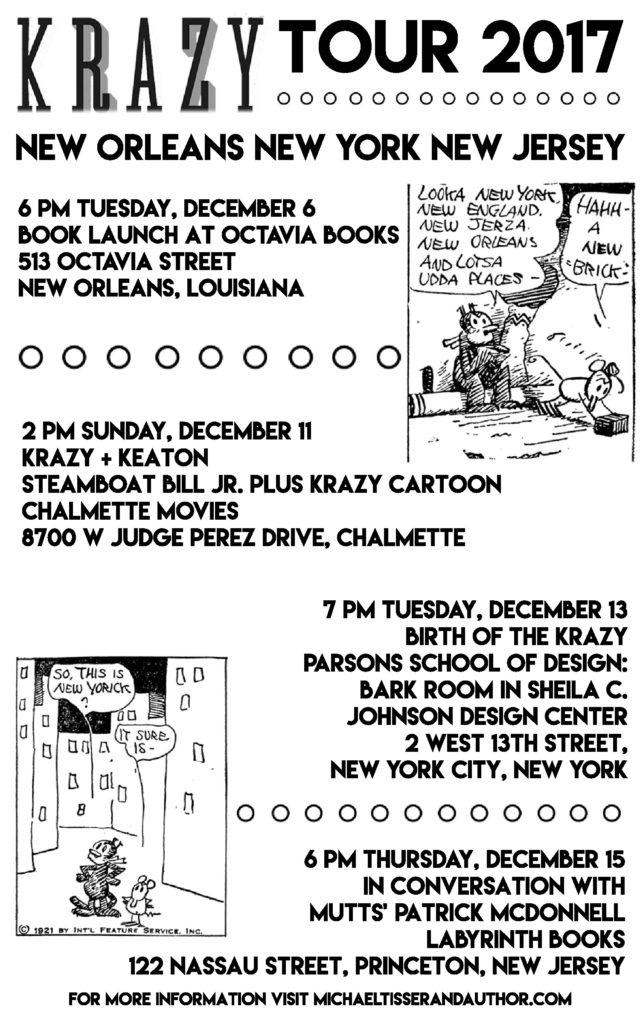Feeling Cosmopolitan: Strategic Empathy in Charles W. Chesnutt’s Paul Marchand, F.M.C.Posted in Articles, Literary/Artistic Criticism, Media Archive, Passing, United States on 2016-12-16 01:42Z by Steven |
Feeling Cosmopolitan: Strategic Empathy in Charles W. Chesnutt’s Paul Marchand, F.M.C.
MELUS (Multi-Ethnic Literature of the United States)
Published online: 2016-12-10
DOI: 10.1093/melus/mlw046
Alexa Weik von Mossner, Assistant Professor
University of Klagenfurt, Klagenfurt, Austria
“By modern research the unity of the human race has been proved,” asserts Charles W. Chesnutt in “The Future American” (122). As a black American who was light-skinned enough to pass for white, Chesnutt deeply believed in monogenesis and in the universality of the human experience. It is therefore unsurprising that the racial identities of his fictional characters are often fluid and that many of them display a distinctly cosmopolitan attitude, affirming a common and equal humanity. Matthew Wilson reminds us that while Chesnutt chose to live as an African American in a society that forced its members into clear-cut racial groups, in his writing he “strove for a universal subject position that he perceived as outside of race” (Whiteness xvii). A typical example is Paul Marchand, F.M.C. (1998), one of Chesnutt’s late and long unpublished novels, in which a fair-skinned black man learns that he is biologically white and finds himself faced with the question of whether he should embrace a white identity and abandon his mixed-race wife and children. It has been argued, for example by William Ramsey, that the political efficacy of the novel suffers precisely from Chesnutt’s universalist desire to “exalt humanity above race” (Chesnutt, “Race Problem” 199) because such desire “can restrict the constructive, necessary black social agency that Chesnutt himself agitated for” (Ramsey 39). Even more detrimental in the eyes of many critics is the utter lack of realism in Chesnutt’s celebration of a universal humanism that leads his idealized protagonist to forsake his newly acquired privileges in favor of his mixed-race family and a more authentic and honest life abroad.
However, Chesnutt’s reliance on romantic idealization and other sentimental narrative strategies is in fact crucial for the political charge of his novel, which he conceived in the early 1920s. As…
Read or purchase the article here.



